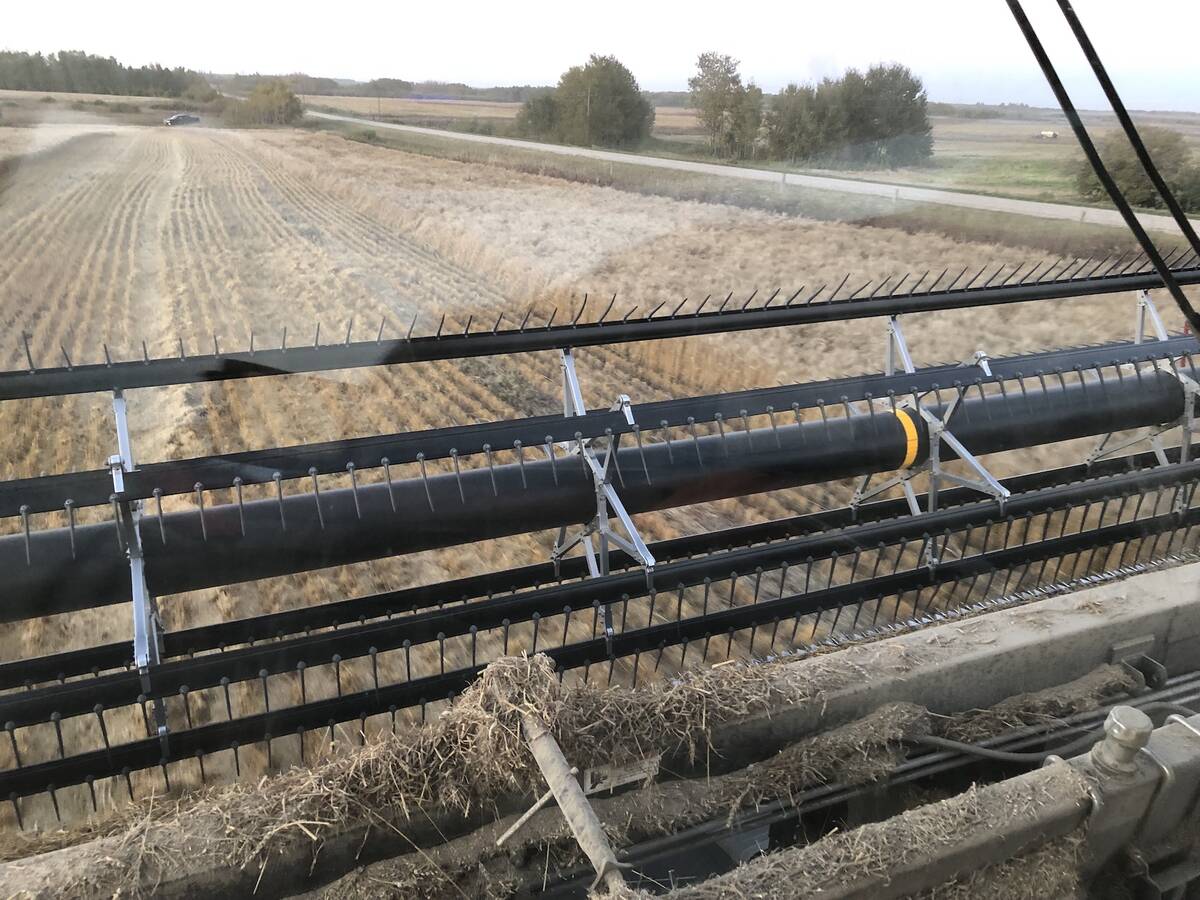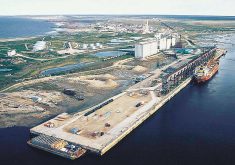Last week Donald Trump, while playing his most important reality television role to date, came within hours of signing an executive order to cancel the North American Free Trade Agreement (NAFTA).
A report from the Canadian Press that detailed the contents of a leaked version of the order said the move would have given Canada and Mexico just five days’ notice the U.S. intended to leave the deal.
- Read more: Trump tells Canada, Mexico he won’t terminate NAFTA treaty yet
- Read more: White House readies order to quit NAFTA
Read Also

The poetic epic of Manitoba farming 2025
Former Manitoba Co-operator editor John Morriss returns for his yearly poetic sum up of the farming year and look ahead into 2026.
Many on this side of the border have downplayed NAFTA worries, noting most of Trump’s concerns and rhetoric appeared to be aimed squarely at Mexico. There was lots of that present in the draft, to be sure. The document fretted over a “massive transfer of wealth” from the U.S. to Mexico, job losses and a huge U.S. trade deficit with that country. Mexico was also blamed for an illegal immigration crisis and sweeping closures of U.S. factories.
Canada didn’t escape unscathed however. In the unsigned order, Canada was blamed for continuing “… to exploit the American dairy and lumber industries.”
The pretext for dragging the Canadian dairy sector into things has been a recent move by Wisconsin dairy firms to tell farmers there they will no longer buy milk from them to ultrafilter and then sell to Canada.
The filtration process, in simple terms, removes enough water from milk to create a protein-rich concentrate used to make products like cheese and yogurt. Because ultrafiltration is a relatively recent development, NAFTA allows it to enter Canada duty free, while other dairy products are subject to high tariffs.
Canadian processors liked these cheaper products for obvious reasons, mainly because they say lower costs make them more competitive. They were enthusiastic customers — to the tune of $133 million last year alone. Too enthusiastic to ignore, as it turns out, so the Canadian sector came up with its “ingredient strategy” in response, which will see lower-priced milk come to market for these applications.
It makes sense. After all, Canadian producers have been struggling with an imbalance in market demand for the past few years. After a couple of decades of dietary fat being painted as poison, public attitudes have relaxed and real butter and other full-fat dairy products are back on the menu.
The strategy means that the surplus skim milk that is processed into milk concentrates and other protein ingredients can be priced competitively relative to imports.
Here in Manitoba, the Ontario-based farmer-owned co-operative Gay Lea Foods teamed up with B.C.’s Vitalus Nutrition to convert an egg plant into an ingredient plant, slated to open later this year.
The dairy sector celebrated the move, saying it addressed the issues of the Canadian dairy industry and would allow farmers here to reach full production and quota allocation.
Unfortunately, it also appears to have given the sector’s old foes south of the line a new grievance. While the arguments aren’t new, what is new is the audience they now have in the White House.
In the past, this sort of a trade complaint would have been the subject of concerned White House noise making, a promise to seriously consider the issue, and perhaps a strongly worded letter to the Canadian government.
There certainly would have been plenty of outrageous politicking, but the most egregious of that would likely be confined to farm-state senators with re-election looming.
Back at the White House, however, the adults would have clearly been in charge, and the spectre of destroying one of the longest-standing and most successful trade deals in the world with the stroke of a pen would never have seriously been raised.
Much has been made of Trump backing off after many voices spoke up warning him of the complexities such a knee-jerk action would create.
Some are attempting to characterize it as a victory, noting Trump made his changes after speaking by telephone to both Prime Minister Justin Trudeau and Mexican President Enrique Pena Nieto.
Others say it’s just another of Trump’s well-worn strategies: propose an absolutely outrageous solution first, then back off to a position of mild outrage, which in that context now looks like a reasonable position.
Time will tell whether this is the opening salvo of a grinding trade war or just a random bit of posturing. With more than three years left to run in his administration, President Trump still has plenty of time to wreak havoc.
However, he has injected new life into the familiar debate in Canada over how its domestic supply management policies mesh with this country’s broader trade objectives.















